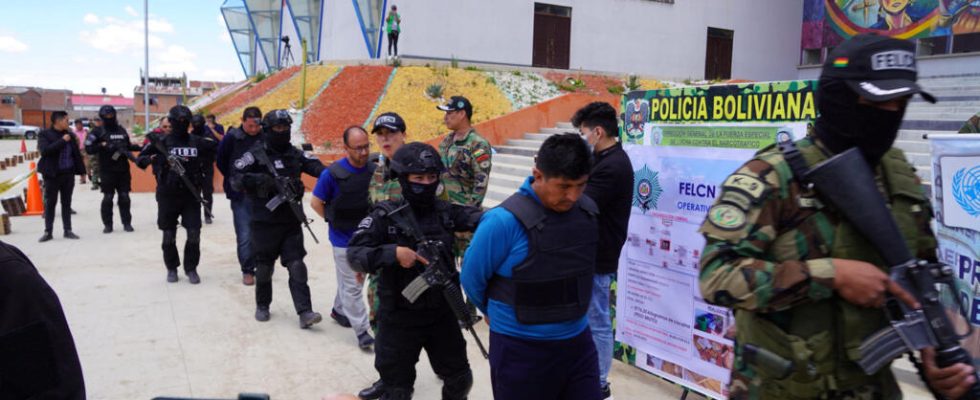The four countries of the Andean Community – Bolivia, Colombia, Peru and Ecuador – are meeting urgently this Sunday, January 21 in Lima. Objective, to agree on a series of measures to combat organized crime. Peru in particular is closely monitoring the security crisis in its Ecuadorian neighbor.
1 min
Since the start of the crisis, the Peruvian authorities have increasingly spoken out about the management of this border. The national police claim to have strengthened controls there, to prevent the entry of delinquents linked to organized crime, reports our correspondent in Lima, Juliette Chaignon.
Bolivia will preside over the first meeting of the Consejo Andino de Ministros de Relaciones Exteriores y Ministros Encargados de Seguridad este 21 de enero en Lima – Perú, con el objectivo de acordar actions para la lucha conjunta contra el narcotrafico y otros ilícitos en la region.
In… pic.twitter.com/fI3hhtT5Fi
— Cancillería de Bolivia (@MRE_Bolivia) January 20, 2024
And in the five border regions, a state of emergency was declared more than a week ago. But with 1,400 km of border, areas escape the vigilance of the authorities, as stated by several local media.
The Tumbes border area is known to be porous: nearly 400,000 munitions arrived in Ecuador last year, according to a Peruvian police report, revealed by the daily El Commerce. According to the former Minister of the Interior of Peru, at least two Ecuadorian gangs already operate in the north of the country. The Ecuadorian gang of Choneros – whose leader Adolfo Macias alias “Fito” is in leak – is present in the country, reported a Peruvian National Police report.
The fear on the Peruvian side is to experience in the long term a situation similar to that of its neighbor. The production of coca leaves, a basic product for formulating cocaine, continues to increase in the Amazonian regions. Peru is now the world’s second largest exporter of cocaine, some of which is exported via Ecuador.
